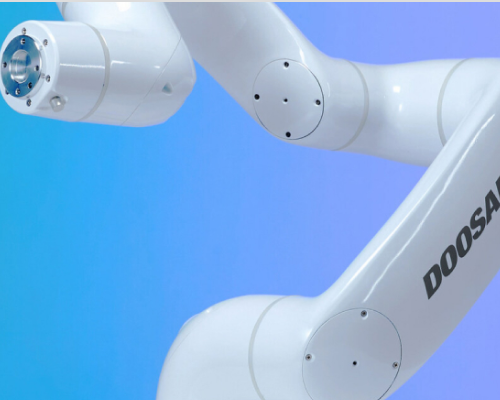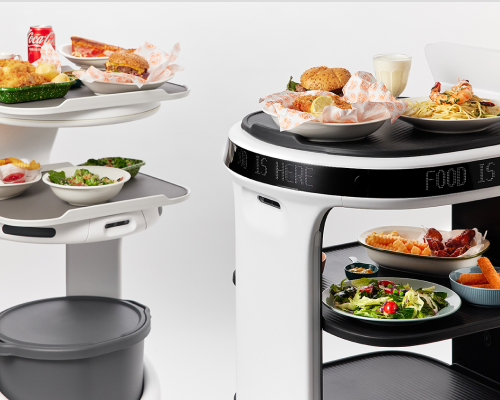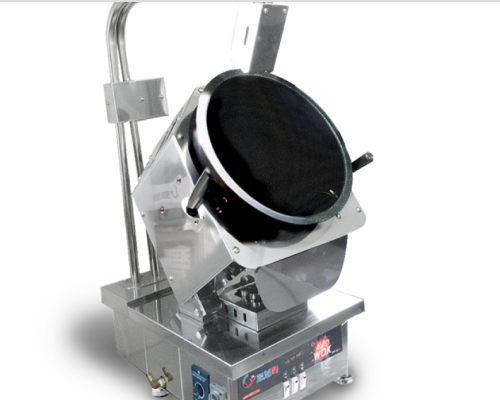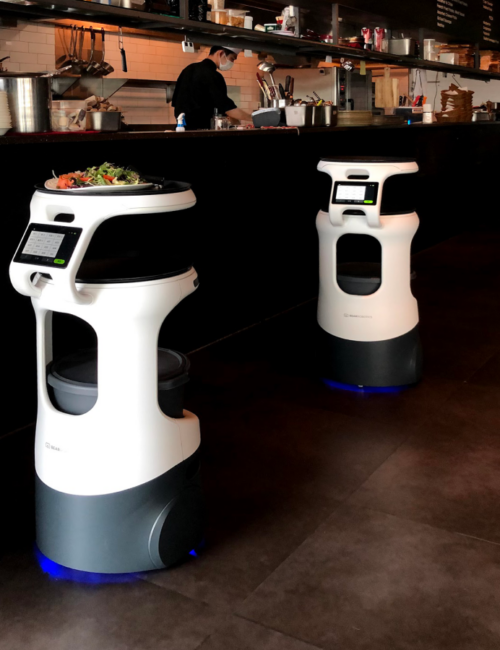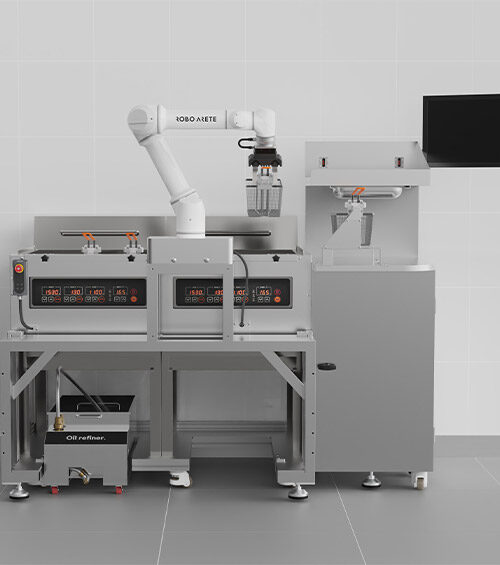Restaurants are closing because of this in 2024
Restaurants are closing
because of this in 2024
Have you ever had a kitchen staff member suddenly fall ill with no one to replace them? Are you worried about rising labor costs while your sales aren’t increasing? Are you frustrated by changes in food quality every time your chef changes? If you answered yes to two or more of these questions, it might be time to consider introducing robots to your restaurant.

Survey and Interview Results
We conducted a survey with 30 restaurant owners and interviewed 20 of them. The results revealed that the most pressing concerns for restaurant owners today are:
- Rising Material Costs: Owners are struggling to maintain profitability as the prices of ingredients and supplies continue to climb.
- Increasing Labor Costs: Wage demands are growing, and with minimum wage hikes, this is becoming a significant burden.
- Employee Management: Managing a diverse workforce, dealing with turnover, training new employees, and ensuring consistent performance are constant challenges. Robots in Restaurants 2024 could be an innovative solution to these challenges.
Additionally, the immediate needs for their establishments were identified as:
- Marketing: Many owners believe they need better marketing strategies to attract more customers and increase sales.
- Kitchen System Efficiency: Streamlining kitchen operations to reduce waste, speed up service, and maintain consistent food quality is a top priority.
Interestingly, many owners did not express a desire to hire more staff, highlighting their preference for optimizing current resources over expanding the workforce and possibly integrating robots in 2024.
Challenges During High Volume Orders
When a large number of orders come in at once, the primary challenge is the speed and efficiency of the staff. Delays in order processing can lead to dissatisfied customers and lost revenue. This is where robots in restaurants, especially by 2024, can play a crucial role by maintaining high-speed and consistent performance, regardless of order volume.
Reasons for Hesitation
Despite the apparent benefits, many restaurant owners hesitate to adopt robots for the following reasons:
- Inability to Find Robots with Desired Features: Many owners are unsure if there are robots available that can meet their specific needs, such as preparing complex dishes or handling diverse kitchen tasks as expected from Robots in Restaurants 2024.
- Concerns About Installation and Maintenance: The logistics of integrating robots into an existing kitchen setup, along with the ongoing maintenance, can seem daunting.
- Lack of Visible Examples of Successful Implementation: Because many owners haven’t seen firsthand how robots are used effectively in similar restaurants, they hesitate to be early adopters.
- High Costs: Restaurant owners perceive the initial investment required to purchase and install robots as prohibitively expensive.
Nexarobo: The Solution
What if there was a way to address all these concerns? Nexarobo offers comprehensive solutions to these issues related to Robots in Restaurants 2024:
- Customizable Features: With Nexarobo, you can request specific features tailored to your restaurant’s needs. Whether it’s a robot that specializes in chopping vegetables, cooking specific dishes, or managing inventory, Nexarobo can create a solution for you.
- Hassle-Free Installation and Maintenance: Nexarobo handles the entire installation process, ensuring minimal disruption to your operations. Additionally, they offer a five-year maintenance plan to keep your robots running smoothly.
- Real-World Case Studies: Nexarobo provides examples and case studies of successful robot implementations in various restaurants. This is where robots in restaurants, especially by 2024, can play a crucial role. They maintain high-speed and consistent performance, regardless of order volume.
- Cost-Effective Leasing Options: While outright purchasing robots can be expensive, Nexarobo offers leasing options that make it more affordable. The cost of leasing a robot can be significantly lower than the cumulative wages of human staff over the same period.


